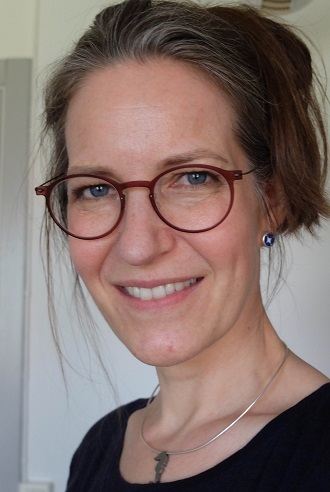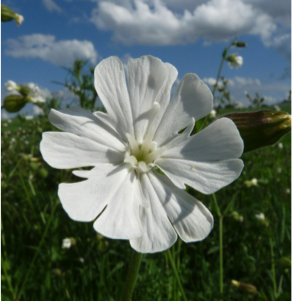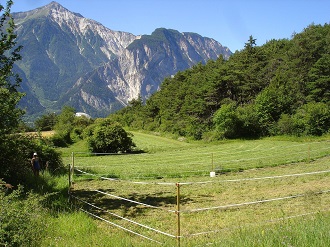The Evolution Highlights series will highlight some of the interesting and varied papers published within the last few years in Evolution. The goal of these Evolution Highlights is to let our readers learn more about how the highlighted study came into existence, and to invite the authors to share stories and tips from the perspective of a recently published author. We welcome nominations and self-nominations for the Evolution Highlights. Find out how to submit a paper here.

Ecological divergence plays an important role in strong but complex reproductive isolation in campions (Silene)
Karrenberg S, X Liu, E Hallander, A Favre, J Herforth‐Rahmé, A Widmer
https://onlinelibrary.wiley.com/doi/abs/10.1111/evo.13652
Abstract:
New species arise through the evolution of reproductive barriers between formerly interbreeding lineages. Yet, comprehensive assessments of potential reproductive barriers, which are needed to make inferences on processes driving speciation, are only available for a limited number of systems. In this study, we estimated individual and cumulative strengths of seven prezygotic and six postzygotic reproductive barriers between the recently diverged taxa Silene dioica (L.) Clairv. and S. latifolia Poiret using both published and new data. A combination of multiple partial reproductive barriers resulted in near‐complete reproductive isolation between S. dioica and S. latifolia, consistent with earlier estimates of gene flow between the taxa. Extrinsic barriers associated with adaptive ecological divergence were most important, while intrinsic postzygotic barriers had moderate individual strength but contributed only little to total reproductive isolation. These findings are in line with ecological divergence as driver of speciation. We further found extensive variation in extrinsic reproductive isolation, ranging from sites with very strong selection against migrants and hybrids to intermediate sites where substantial hybridization is possible. This situation may allow for, or even promote, heterogeneous genetic divergence.
Evolution Highlight by Sophie Karrenberg
Department of Ecology and Genetics, Uppsala University
What gave you the idea for this study?
Realizing that reproductive isolation can be complex (a long time ago).

Dr. Sophie Karrenberg

Silene dioica

Silene latifolia

Transplant site near Leuk, Valais, Switzerland